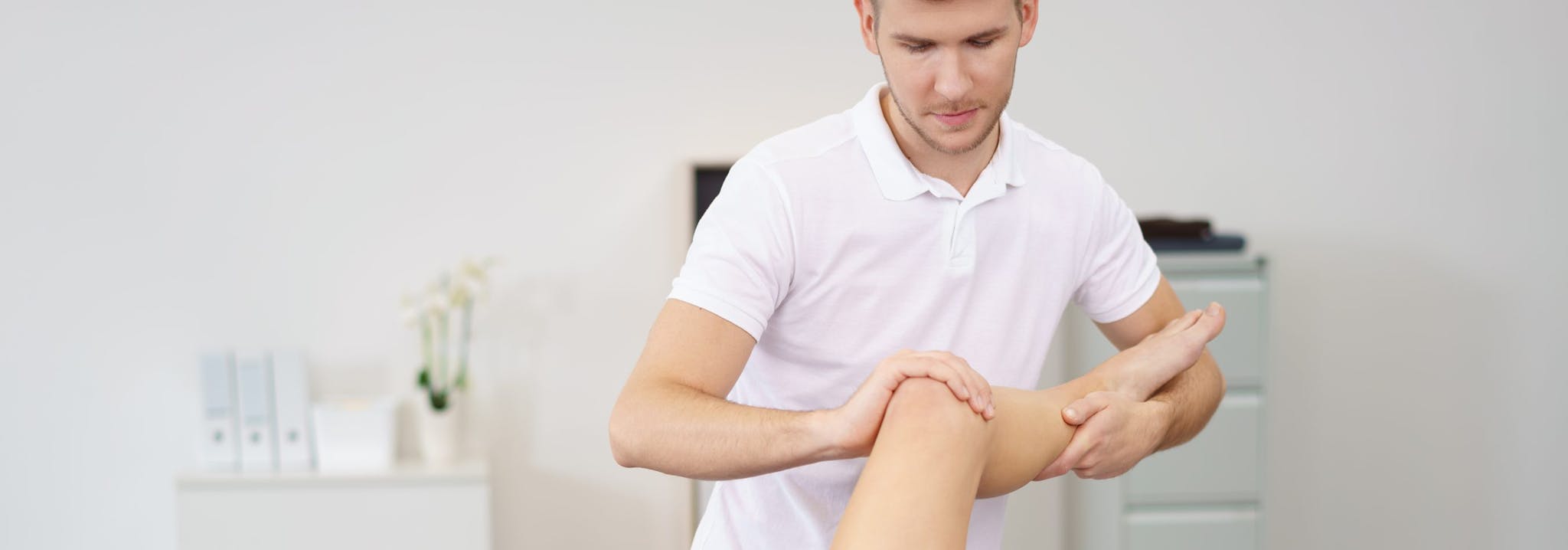
2024-07-12T16:54:51
Sunscreen Travel Tips
- Dermatology
June 17, 2016 | Orthopedics • Sports Fitness and Physical Therapy

Engaging in sports activities increases the risk of certain injuries. According to John Hopkins Health Library, sports injuries account for roughly 3.5 million injuries each year and almost 1/3 of all childhood injuries relate to playing a sport. Whether an injury stems from repetitive motions, like tennis elbow, or it relates to physical movements like certain knee injuries or sprained ankles, selecting a treatment solution provides the opportunity to heal. When you face a sports-related injury, you want to start a treatment plan that focuses on non-surgical solutions before seeking a surgical treatment. As a general rule, surgical treatments are the last resort for healing and recovery.
Before seeking any surgical treatments for a sports injury, consider physical therapy. The treatment process uses a combination of stretches and exercise to help the body heal and recover without taking harsh measures. It is usually combined with other treatment strategies based on the needs of the individual, such as medications for pain relief, and it helps with long-term goals.
According to Dartmouth-Hitchcock, the goal of physical therapy is strengthening the muscles, increasing mobility and improving flexibility. It helps with specific types of injuries and complications associated with injuries. Although the treatment is often associated with recovery after a surgical procedure like a knee replacement, it also applies to sports injuries.
Muscle injuries, like sprained ankles or wrists, occur unexpectedly and suddenly while playing a sport. It does not usually require surgical procedures because the body naturally heals from the injuries.
In most cases, an appropriate treatment strategy for a sprained or strained muscle is using ice on the injury to reduce swelling. Use ice in 20 minute increments for the first 24 to 48 hours. After that period, use heat to relax the surrounding muscles.
According to John Hopkins Health Library, sports injuries account for roughly 3.5 million injuries each year, with 1/3 of those being child injuries.
Injuries to the muscles also require appropriate rest. Do not use the muscles until it heals completely. Exact times for healing depend on the severity of the injury, but it usually takes a few weeks of rest before the sprained or strained muscles heal. Follow any recommendations for rest from a medical professional and use appropriate bandages or slings to limit movement while healing.
Injuries associated with inflammation in the body do not necessarily require surgical procedures. Inflammation is a natural response to injuries, but some individuals notice pain and heat from the inflammation for extended times. Although it helps the healing process, the natural response sometimes persists and further damages the area.
Medication, like non-steroidal anti-inflammatory medications, offer solutions to help alleviate the discomfort and encourage the healing process by allowing the body to stop attacking specific areas. It is particularly useful for repetitive sports injuries like tennis or golf elbow because the inflammation builds up in the area from the repetitive motions. Follow any suggestions from a doctor when selecting an appropriate medication based on the severity of your injuries.
According to Dartmouth-Hitchcock, using corticosteroids help when an NSAID does not help with inflammation related to a sports injury. Corticosteroids are a prescription medication usually given through an injection to the area of the injury. Medical doctors use the medication for inflammation when other medications do not work or the inflammation persists.
Sports injuries do not necessarily mean giving up on natural healing processes. By working with a professional to find natural and holistic treatment solutions, an individual encourages healing without taking harsh measures. A surgical procedure is the last resort when other treatments do not work and it is not usually necessary when handling common injuries related to sports activities. For more information about your treatment options after an injury, contact us today.

WRITTEN BY:
The Live Better Team


2024-07-12T16:54:51

2024-07-02T11:42:04

2024-07-01T13:49:28

2024-06-21T14:29:51
This information is not intended to replace the advice of a medical professional. You should always consult your doctor before making decisions about your health.